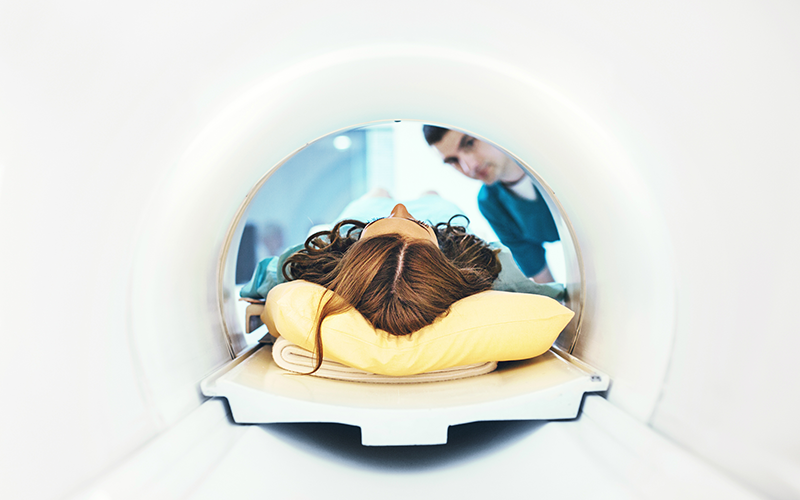An international team of scientists is the first to show that magnetic resonance imaging (MRI) can be used to measure how the heart uses oxygen for both healthy patients and those with heart disease.

An international team of scientists is the first to show that magnetic resonance imaging (MRI) can be used to measure how the heart uses oxygen for both healthy patients and those with heart disease.
Currently, the diagnostic tests available to measure blood flow to the heart require injection of radioactive chemicals or contrast agents that change the MRI signal and detect the presence of disease.
There are small but finite associated risks and it is not recommended for a variety of patients, including those with poor kidney function.
Dr Frank Prato, one of the scientists working on the research, said: “This new method, cardiac functional MRI, does not require needles or chemicals being injected into the body. It eliminates the existing risks and can be used on all patients.”
In addition to studying coronary artery disease, the method could be used in other cases where heart blood flow is affected, such as the effects of a heart attack or damages to the heart during cancer treatment.
Image credit | iStock




